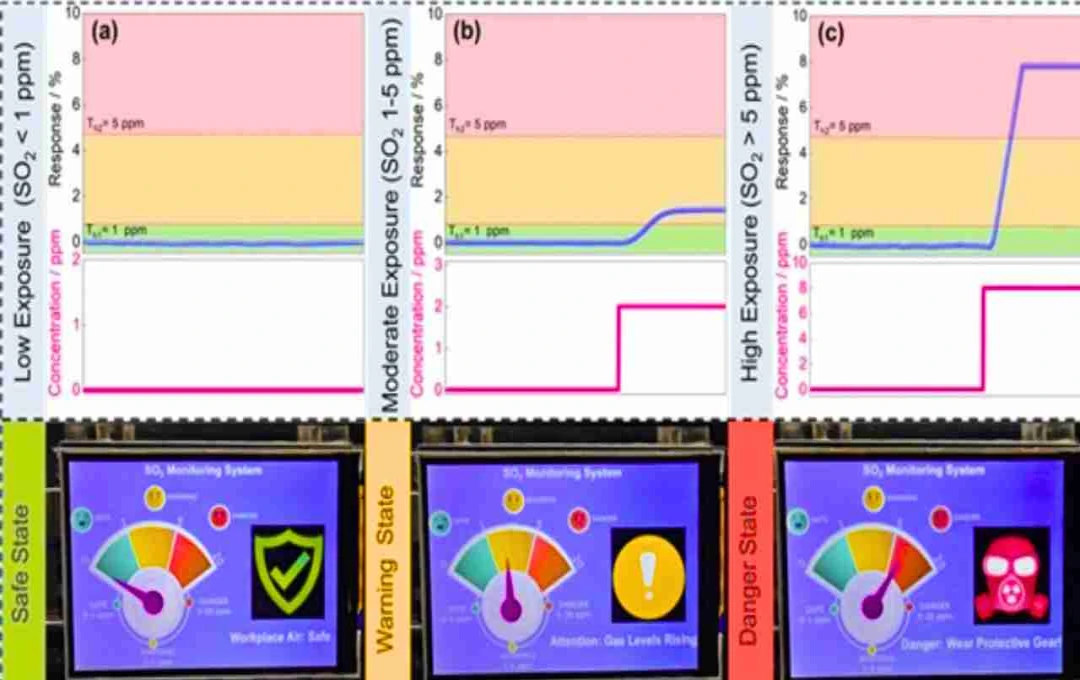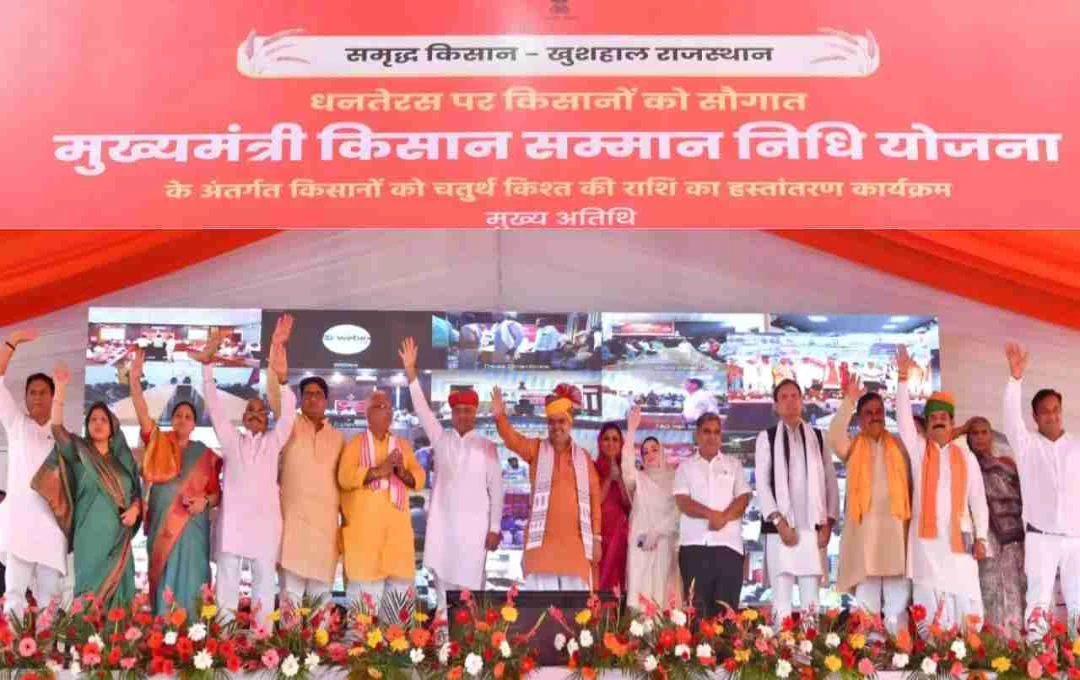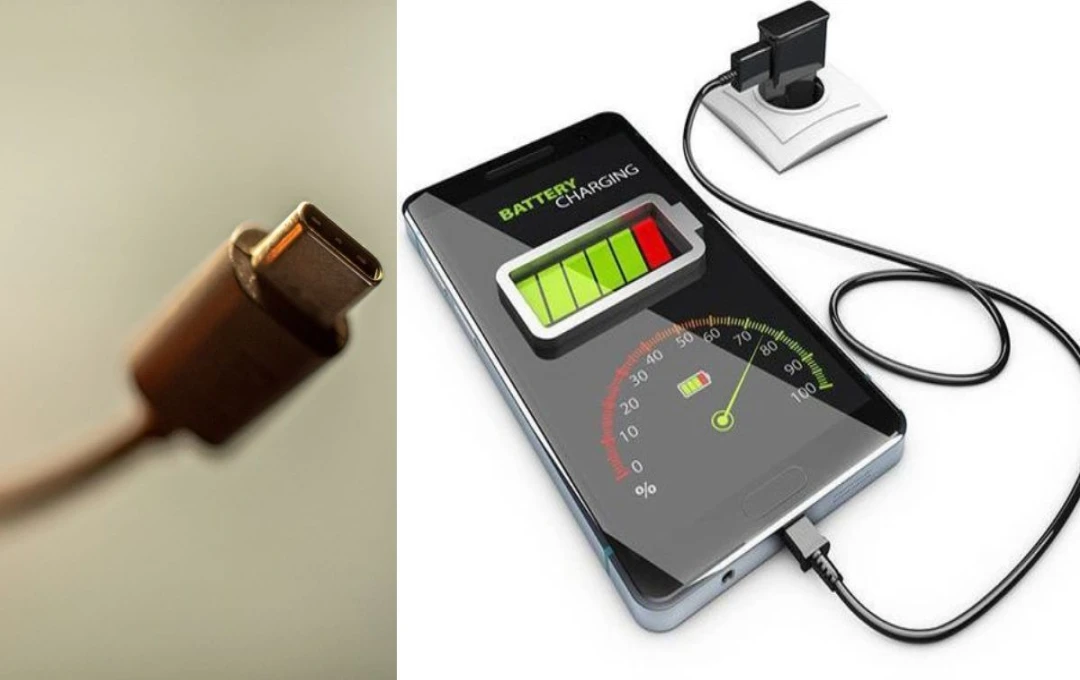This sensor is capable of accurately detecting extremely small amounts of sulfur dioxide (SO2) gas. This gas is highly toxic and can have severe effects on the respiratory system. According to experts, SO2 gas can cause irritation to the respiratory tract, asthma attacks, and long-term lung damage.
Scientists in Bengaluru have developed a small and inexpensive sensor that can instantly detect toxic gases like sulfur dioxide present in the air. This sensor is so sensitive that it can identify the presence of the gas even in very small quantities. This technology can help in the timely identification and control of air pollution.
What is sulfur dioxide and why is it dangerous?

Sulfur dioxide, or SO2, is a toxic gas that is mainly emitted from vehicles, factories, and power generation units. This gas can enter the body through breathing and damage the lungs. It can cause asthma attacks, irritation of the respiratory system, and serious illnesses in the long run. Even very small amounts of it in the air are harmful to health.
Immediate detection of SO2 in the air
A special feature of this sensor is that it can detect sulfur dioxide in the air at a very low concentration of 320 parts per billion (ppb). Most gas sensors currently available in the market are not sensitive enough to detect the presence of the gas in such small amounts. However, scientists at the Center for Nano and Soft Matter Sciences (CeNS) in Bengaluru have overcome this limitation.
What technology is this sensor made of?
Two types of metal oxides have been used in making this sensor. The first is nickel oxide (NiO), which is the receptor part of the sensor, i.e., it identifies the gas. The second is neodymium nickel oxide (NdNiO3), which acts as a transducer, i.e., it reads the gas signal and converts it into an output. This sensor, made by combining the two, works very efficiently.
Small sensor, but a big impact
This sensor is pocket-sized, which means it can be easily carried anywhere. It can be kept in a pocket like a mobile phone and used to test the air quality in any place. This sensor indicates the presence of the gas in real-time and alerts through colors in case of danger.
Sensor developed under the leadership of Dr. Angappan
The team that developed this unique gas sensor was led by Dr. S. Angappan. Many scientists worked with him to carry out this research. Vishnu J. Nath played a key role in preparing the technical framework of this sensor. Apart from this, Dr. Shalini Tomar, Mr. Nikhil N. Rao, Dr. Muhammad Safeer Naduvil Kovilakath, Dr. Neena S. John, Dr. Satdeep Bhattacharya and Professor Seung-Cheol Lee were also involved in this research.
This sensor can prove to be especially helpful in industrial areas

Industrial activities are booming in many cities in India, and the level of air pollution is also quite high there. This kind of sensor can play a big role in such areas. With its help, the air quality of the areas around industries can be monitored, and necessary steps can be taken in a timely manner.
The design of the sensor is very simple and easy to use
The biggest advantage of this gas sensor is that it can be easily used even without any special technical knowledge. Its design is very simple and user-friendly. In a way, it gives ordinary people the right to check the air quality themselves.
Will be used in homes and offices along with cities
Considering the features of this sensor, it can be installed not only in industrial areas but also in closed places like homes, offices, schools, and hospitals. It can immediately detect and warn of toxic elements present in the air there.
Research receives international recognition
This research has been published in the international scientific journal ‘Small’. This research is also being appreciated worldwide as it is considered a solid technical step towards tackling air pollution.













